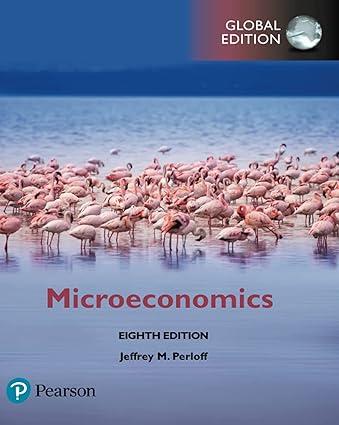Suppose that a market for toothpaste has two sellers, each of which says its product has the
Question:
Suppose that a market for toothpaste has two sellers, each of which says its product has the best combination of ingredients to protect against tooth decay and to control plaque, tartar, and gum disease. Each of the profit-maximizing oligopolists faces the same constant marginal cost, \(M C=1\). The demand function for Firm 1 is \(q_{1}=10-2 p_{1}+p_{2}\) and for Firm 2 is \(q_{2}=21-3 p_{2}+2 p_{1}\), where \(p_{1}\) is Firm 1's price and \(\mathrm{p}_{2}\) is Firm 2's price. What are the Nash-Bertrand equilibrium prices and quantities? If an advertising campaign featuring product endorsements by the dental association increases the demand for the first firm's product to \(q_{1}=14-2 p_{1}+p_{2}\) but does not affect the second firm's demand function, what are the new equilibrium prices and quantities, and how do they compare to the pre-merger prices?
Step by Step Answer:






